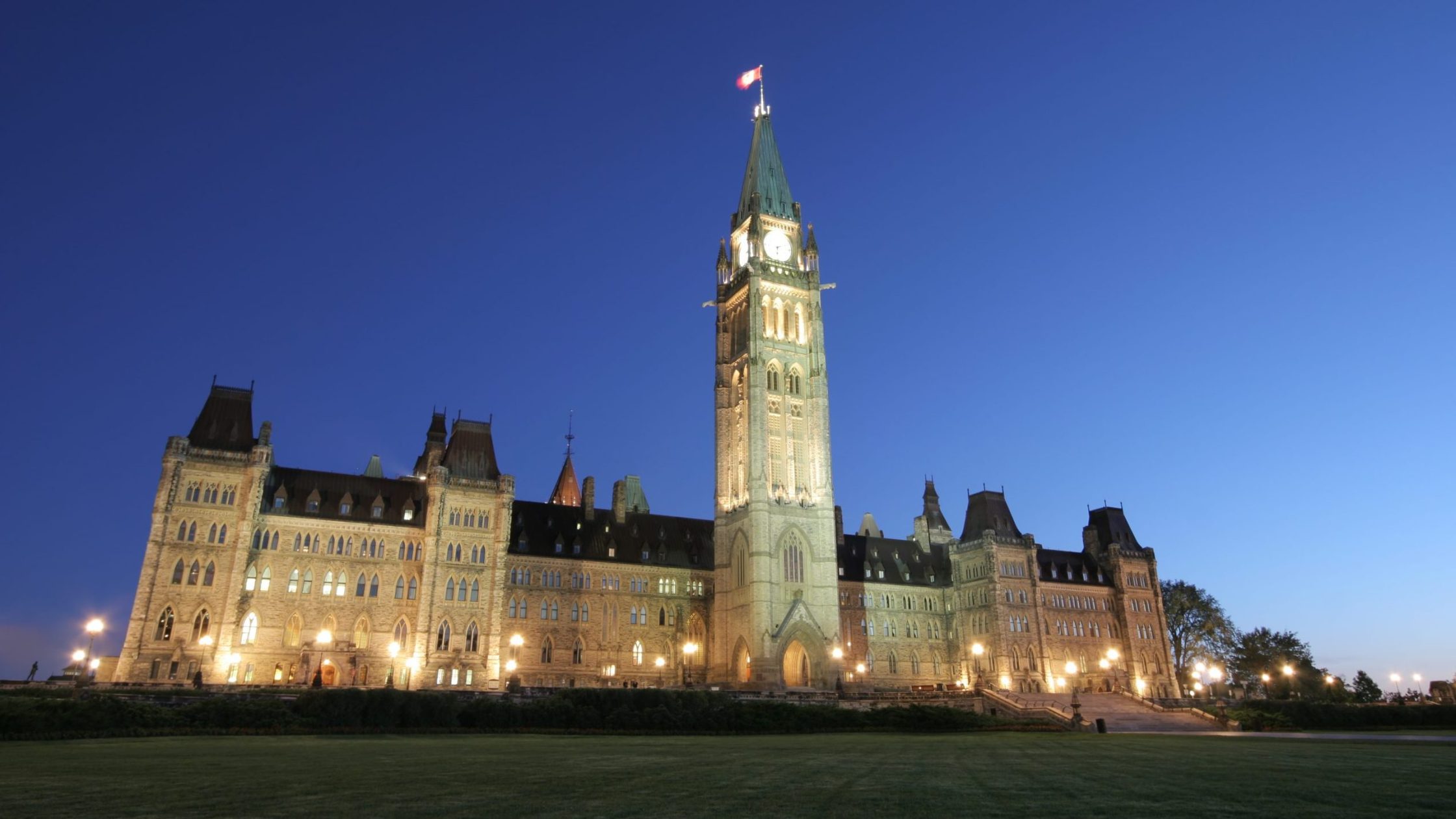Liberal climate policies and the future of Alberta’s oil and gas industry are again headline news thanks to recent remarks by Energy Minister Jonathan Wilkinson and Prime Minister Justin Trudeau.
This has provided multiple opportunities for Alberta Premier Danielle Smith to comment on the not always harmonious relationship between her province and the federal government, and lots of fodder for opinion columnists and other commentators.
The challenge is separating actions from words.
Is Ottawa actually executing a master plan to shut down Canada’s oil and gas industry?
Or have world events changed more quickly than the federal government can develop different policies that are attractive to core supporters?
On January 3, Wilkinson announced that in 2023 legislation would be introduced to underpin a 2019 election promise of a “Just Transition” for oil workers who lose their jobs due to a switch to low-carbon energy.
Just Transition was invented by climate change activists years ago to demonstrate that besides caring deeply about all of humanity through the replacement of fossil fuels, they also cared about the oil workers who would lose their jobs.
But after eight years in the economic dumpster, these two words are infuriating in the oilpatch. Lots of jobs have already been lost in part because of federal climate policies.
Three days later Prime Minister Trudeau fanned the flames. A CBC article opened, “Prime Minster Justin Trudeau urged the government of the main oil-producing province of Alberta to use its budget surplus to help bolster tax credits meant to help scale up carbon capital and storage and reduce emissions.”
While that seemed harmless enough, he added, “We’ve seen for a while Alberta hesitating around investing in anything related to climate change.”
This is frustrating for Alberta. In 2007, the province introduced North America’s first larger emitter carbon tax and directed the proceeds to a multitude of emission reductions initiatives. One was the Shell Quest carbon capture and storage (CCS) project.
With government financial support, since 2015 Quest has captured and sequestered over six million tonnes of CO2. This has helped prove CCS to be technically viable and has significantly advanced key elements of design, equipment and processes.
But difficult to understand comments about oil and gas by the prime minister are not new. Last August he stated “there has never been a strong business case” for LNG exports from Atlantic Canada to Europe.
While there may be insufficient gas pipeline capacity to the east coast or a lack of political support in Quebec, the “business case” as defined by economics has never been better.
Meanwhile, oil and gas production continues to grow. This is a peculiar way to extinguish Canada’s fossil fuel industries.
According to ARC Energy Research Institute, since the Liberals assumed office in 2015 Canadian oil and gas production has increased from an average 6.53 million barrels of oil equivalent per day in 2014 to 8.05 million boe/d in 2022, a 23 per cent gain.
Conventional oil and natural gas liquids output is up about 4 per cent, natural gas production 9 per cent, and oil sands 62 per cent. The main increase in oil sands output is the result of projects that were underway when the Liberals were elected and were largely completed by 2019. But in the last three years, oil sands output has increased another 8 per cent.
The production outlook is positive. The completion of LNG Canada in 2025 will increase natural gas exports by about 1.8 billion cubic feet per day, or 10 per cent of total Canadian output. Because of growing LNG exports from the U.S., there is no reason to believe that this won’t allow gas producers to increase output by the same amount to continue to supply current customers.
More LNG exports are planned. Japan’s recent request for Canadian LNG to replace Russian imports will be difficult for Ottawa to ignore. Through Mitsubishi, Japanese interests already own a piece of LNG Canada, which is in the early stages of considering doubling its export capacity.
In the 2021 version of Canada’s Energy Future from the federal Canada Energy Regulator (CER), oil sands production is expected to continue to rise until 2032 and will still be at 2021 levels in 2048.
It appears the Trans Mountain pipeline expansion will be completed, although the final cost may be eye-watering. This will nearly triple throughput and deliver another 590,000 barrels per day to tidewater.
U.S. oil production is not growing as quickly as thought a year ago, so existing heavy oil exports south will continue. TMX will be an incentive for producers to increase output, something the CER anticipates.
But on overall fossil fuel policy, Canada stands alone in several key areas. Canada is the world’s fourth largest oil producing country. For the nine other top 10 producers (in order), none of United States, Saudi Arabia, Russia, Iraq, China, UAE, Iran, Brazil or Kuwait have introduced escalating carbon taxes, hard emission ceilings, or passed legislation banning oil export tankers.
“Just Transition” programs to help oil workers do something else in these times of labor shortages, security of supply concerns and rising commodity prices would be incomprehensible every other major oil producing country except perhaps the U.S.
According to BP’s Statistical Review of World Energy, these 10 countries produce about 65 million barrels per day, two-thirds of total global output. If Canadian oil stopped tomorrow, the total would be about 60 million.
It’s hard understand how reducing or eliminating Canadian output would move the needle on world oil supply or materially affect emissions.
Confused? It’s not your fault.
David Yager is an oilfield service executive, oil and gas writer, and energy policy analyst. He is author of From Miracle to Menace – Alberta, A Carbon Story.
The unaltered reproduction of this content is free of charge with attribution to Canadian Energy Centre Ltd.
